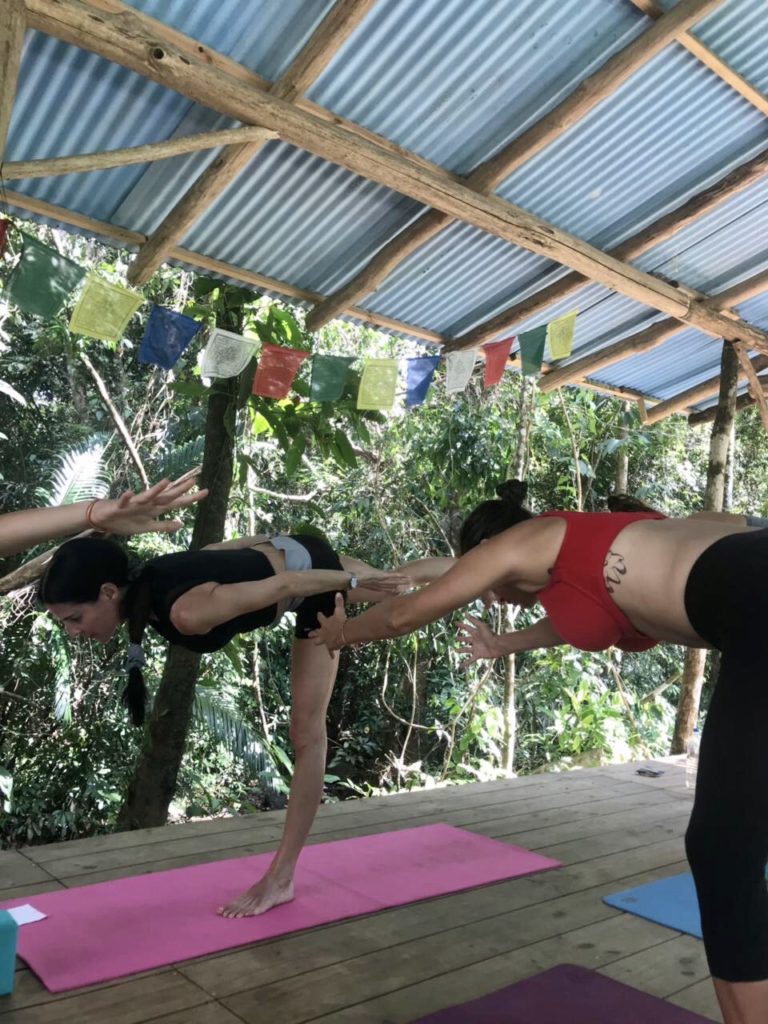
For something that is the most important thing to our survival, breathing is a function we rarely think about. The body takes care of it for us, but unlike many other functions, like the beating of the heart, we can control our breathing and regulate the pattern of it if we choose.
In ancient Sanskrit, the art of using the breath as a healing or meditative tool is called pranayama. This is usually translated to mean “mastery of the life force”. There are different forms of this, from doing alternate nostril breathing to releasing the breath in multiple short, forceful spurts, but the idea behind it is to bring more oxygen to the blood and to the brain.
Action – As you learn to become more conscious of the breath, you also realize how very seldom you think about or attempt to use it as a powerful tool. The breath can anchor you to the moment, stop the incessant flow of thoughts that keep you from experiencing peace of mind, and help you to see things clearly before you act.
By deliberately focusing on the breath, you can allow it to deepen and experience the calming effects instantly. It can take you into a meditative state which is therapeutic and provides multiple physical and mental benefits. It might feel strange at first, but after a while it will become natural to bring yourself back to the present moment through awareness of the breath.
Steps – You can delve into the various forms of pranayama if you would like, or you can simply spend a few moments noticing the quality of your breathing. Is it shallow and rushed, or slow and smooth? Begin to notice how different moods affect the breath. When you are calm and relaxed, it is likely that you breathe much differently than when you are stressed or angry.
Here is an easy exercise to try. Breathe in to a very slow count of three, hold for three, and then exhale for three. At the bottom of the exhale, hold for another three then begin again. Do this for five rounds at first because if you are not used to flooding your system with oxygen, you may become light-headed. If you feel woozy, this is an indication that you are naturally a shallow breather.
This exercise is one you can do as often as you like, and you can increase the length of time as you become used to it. If you can sit with your eyes closed and do this for ten rounds, then it is an easy way to calm your mind and body and experience a feeling of well-being.
Why It Makes You Feel Better – The reasons are many. When you are agitated, you breathe much differently than when you are calm. By becoming aware of the difference, you can become conscious of how you are reacting to something and be able to control your response instead of acting out without thought.
The increased flow of oxygen in the body can help with weight loss, improve the cardiovascular system, regulate mood, improve the look of the skin, help with digestion, boost immunity, improve concentration, promote better sleep patterns, and act as a natural stress reliever. That’s a lot of benefits for something that doesn’t cost anything to do.
Example – Using the count of three as a guide to the inhales and exhales is one easy form of pranayama. You can take it a step further by putting one hand on your belly and feeling how it rises and falls with each breath. I do this when I am writing or watching something on tv. It isn’t distracting and I always feel better afterwards.
Take the time to improve the quality of your breath and you will feel an enhanced sense of wellness. This is one habit that is easy to maintain and will make you feel better right now.

